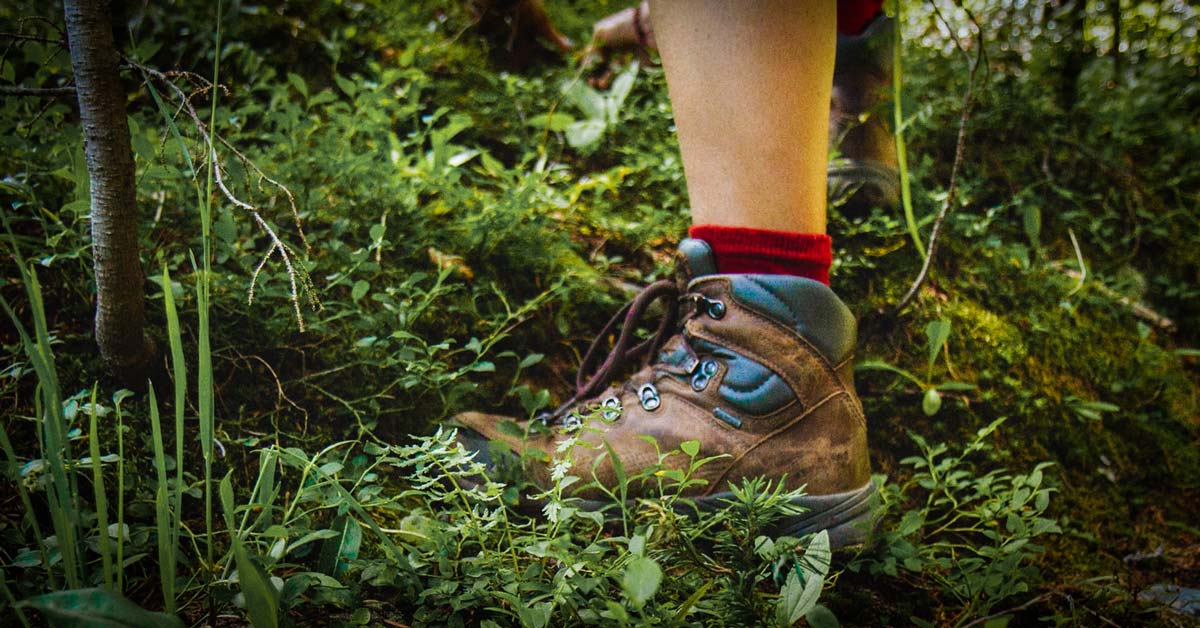
Choosing the right pair of trekking shoes or boots could make our break any trek, be it a day Hike or a high-altitude trek to The Everest Base Camp. Trekking shoes are to trekkers, what laptops are to I.T. professionals. There are several factors you must consider, buying your pair of trekking shoes. In this blog, we will look at how to go about choosing the right pair of trekking shoes.
In trekking and hiking, there are various types of footwear, such as high & low ankle boots, trail shoes, insulated boots, and many more. In most day hikes with smooth terrain, and some treks in the Sahyadaris (such as the Andharban Forest Trek), normal sport shoes can be used.
But, if you are serious about trekking and wish to trek often, a good pair of trekking shoes will be the difference between blisters and bliss. Like good quality jackets, a pair of good quality shoes are an investment; so try choosing the best pair you can.
Factors to consider before buying trekking shoes/ boots:
There are various factors that you must consider before purchasing a pair of trekking boots/shoes. They are:
Different types of Trekking Shoes:
There are various types of shoes and boots available for trekking. They can be broadly categorized under the following:
Hiking Shoes
These are shoes that usually look like your normal sports shoes, but have additional grip and some waterproofing technology. They do not have any ankle support like boots but are sturdy with more support than regular shoes. These shoes are perfect for day hikes and treks that require low levels of walking. These are the lightest, in the category of trekking footwear, which allows you to take them with you if you have a weight restriction. They aren’t the best at keeping water out and thus are ideal for trekking in dry conditions. They are good for distances less than 7 km and at altitudes lower than 800 m in altitude
You do not want to take them for a multi-day Himalayan Trek, as they can wet quickly and do not support your ankle. Once water enters your foot, it can cause many issues from added blisters to even hyperthermia. They are perfect for treks in the Sahyadaris such as the Irshalgad Fort Trek, vichitragad Fort Trek and trek like Savandurga.
Some of the popular hiking shoes include Merrell Accentor 2 Ventilator and Salomon X Ultra 3 Low Aero Hiking Shoe.
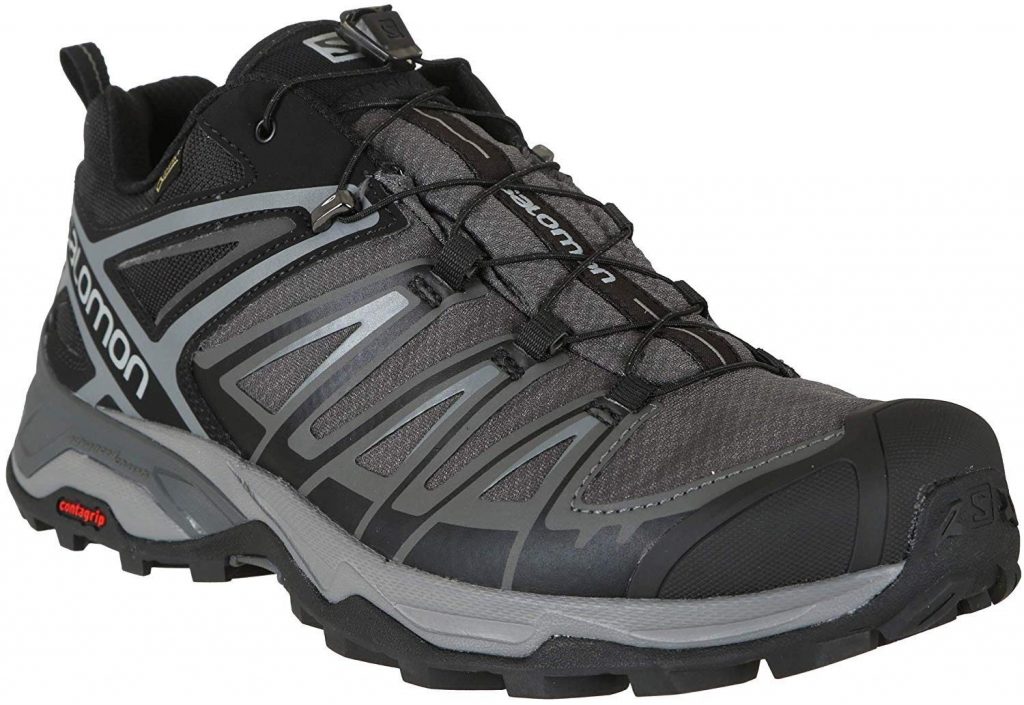
Trekking Boots
The next step in the category of Trekking Footwear. These boots are bigger than the shoes and have added ankle support. Some reach just above your ankle and others extend a little further. These are mid-ankle support and high-ankle support boots. They are perfect for multi-day treks as well as for treks in which you have to carry loads. Good quality trekking boots have a waterproof coating.
Some also have a Gore-Tex layer that prevents water from entering the shoe. They are also sturdier than the hiking shoes so that you don’t twist your ankle and injure yourself on a multi-day trek. Additionally, they offer some protection from the snow, but the protection is very limited.
A good way to identify them is that they have one or two clips for your laces as part of the ankle support. This allows you to adjust the level of rigidity of the support to your ankle.
These Boots are perfect for multi-day treks when the daily distance covered is around 8-17kms and when you’re carrying heavy loads such as the Kashmir Great Lakes Trek, the Markha Valley Trek, Goechala among others.
Some Trekking Boots include Salomon X Ultra 3 Mid GTX Hiking Boots and the Quechua MH100.
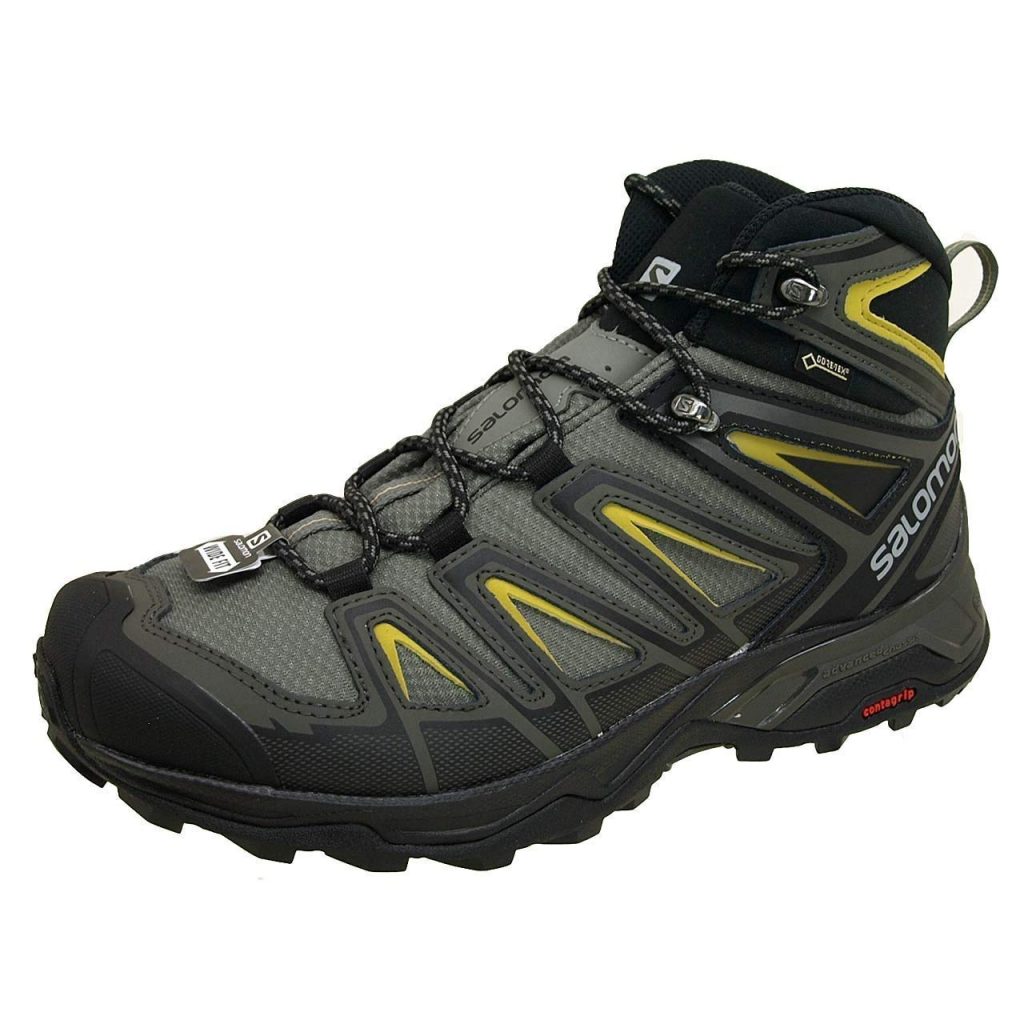
Advanced Level Trekking Boots
The most advanced level shoes, these shoes are for multi-day treks through terrains such as glaciers, snow, and water. These shoes offer the most protection to the ankles and feet. They are perfect for treks such as the Gokyo Ri trek, Kilimanjaro trek, Climbing Stok Kangri among others. Some of the boots are also designed for hybrid crampons, to allow walking on glaciers and light snow. These shoes are designed to be worn for the entire day and for when you are carrying heavy loads. The ankle support extends, well above your ankle.
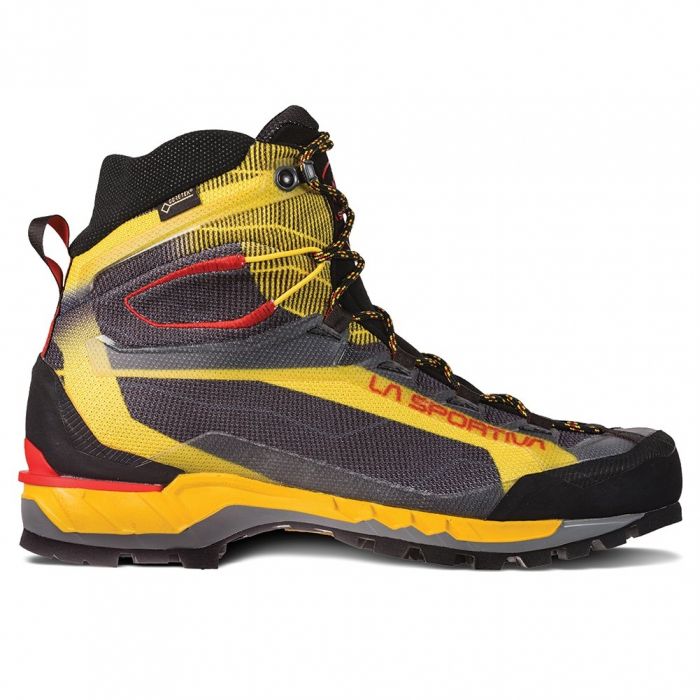
Different Features of Trekking Shoes/ Boots
There are various features on each boot/shoe. Do your research before buying your trekking shoe. Some of the features to keep in mind before buying a pair of shoes are:
- The Material used for the construction. Some shoes are made of synthetic, leather, or a waterproof membrane. Some Hiking shoes are constructed from a synthetic material that dries quickly and is lightweight. Leather is also really good as it stops water from entering and is durable, however, they are considerably heavier. The boots can also be made from a waterproof membrane like Gore-Tex that is excellent at making the shoe breathable and lightweight as well as keeping water away.
- The Amount of cushioning is another aspect you must keep in mind. Some shoes have considerably higher amounts of cushioning and are more comfortable for some people. I do not like too much cushioning as I like to feel the terrain while trekking.
- The amount of support the shoe provides, ankle support height, the rigidity of the shoe; is important in choosing the right shoe. Some people enjoy a more rigid shoe as it provides more support.
- The SOLE – Many shoes have soles by ‘Vibram’; which are excellent at providing traction while trekking. Make sure you flip the shoe around and look at the groves which provide traction. I would recommend choosing a shoe that has a good tread, as it’s better to have more grip on rough ground to avoid slipping.
- Crampon Compatibility. Most shoes will not be compatible with crampons. Only some boots can be compatible, so make sure you keep that in mind before purchasing your pair of footwear.
‘The Fit’
The most important aspect of choosing the right trekking footwear. After you have decided on the type of shoes or boots and analyzed the various features, we come to the final aspect; ‘The Fit’.
Before buying any footwear, we highly recommend trying them out and walking in them. Here are a couple of points you should keep in mind while you try the shoes:
Know your size
The first thing you should do is measure your foot size and try the shoe which matches that if it’s a little tight or loose try the corresponding size. Ideally, you want the shoe to be a little larger than your foot as it allows for some wiggle room. A half a size bigger usually works.
Try the boots or shoes towards the evening
Your foot tends to expand a little in the evening and may impact the sizing. So ideally try testing the boot in the evening.
Wear appropriate Socks
One major factor people forget is carrying proper woolen or mountaineering socks while trying their trekking boots. When you go to try trekking boots make sure you carry the appropriate socks as they’ll help find the best size and that’s how you’ll be wearing the shoe while trekking.
Spend some time in the shoe
The easiest way to find out whether the fit of the shoe or boot fits is to walk in them. As you walk in them you’ll find out how the shoe fits. Jog in them in the store, jump in them, all this helps in finding any problems in the fit.
Speak to the experts
Speaking to people who know about trekking shoes can help you get a good starting point in your search for a good pair.
Breaking your shoe in
After you have purchased your shoe or boot, you must break them in before any trek. This allows the rubber and shoe to adapt to your foot and makes for a better fit. Spend at least 2 weeks breaking them in. Go for walks in them and go for short treks. All this will help you understand the shoe and its caveats.
Listen to your feet
Listen to your feet while you’re wearing the boot, understand where the boot is tight from and where the pain points are.
Trekking footwear is probably the single most important piece of equipment you will need and are your passport to the outdoors. Like any good quality gear, they should be considered as an investment. Most shoes and boots can last for a long time if you take care of them well. We would recommend buying the best quality you can afford. We at Adventure-Pulse would love to help you find the right pair of trekking footwear.
You can contact us at [email protected] and we’ll be happy to assist you.

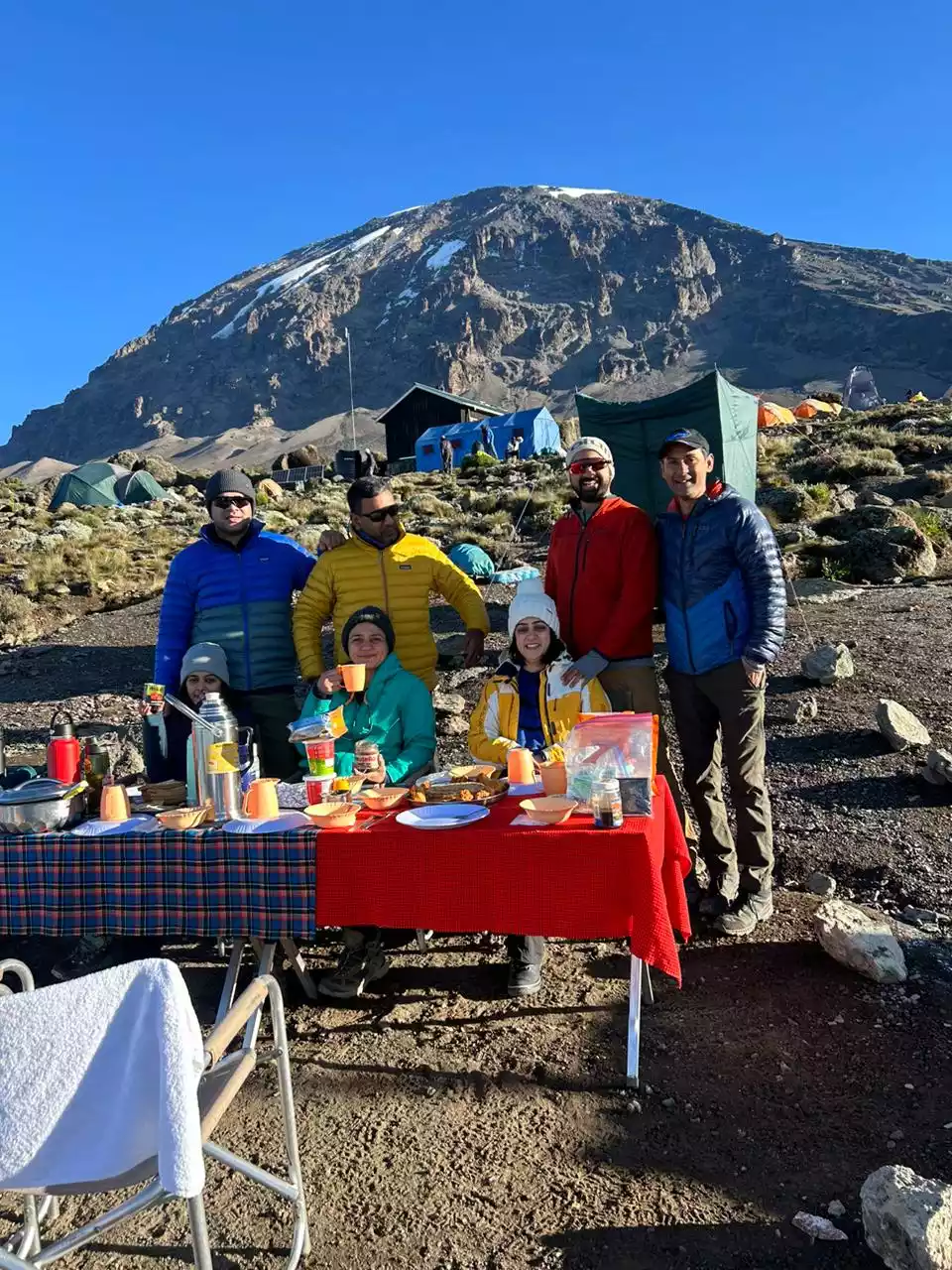
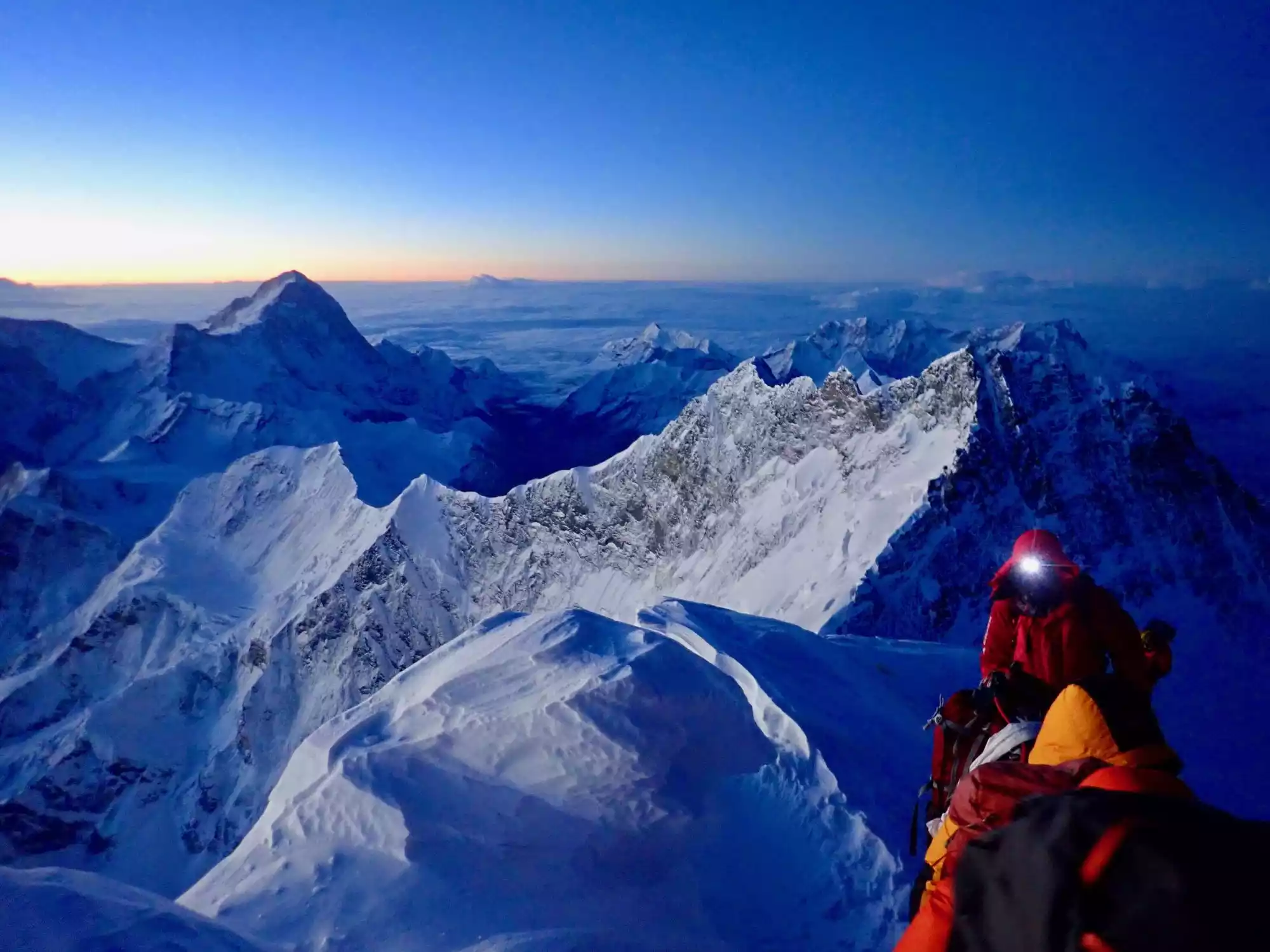
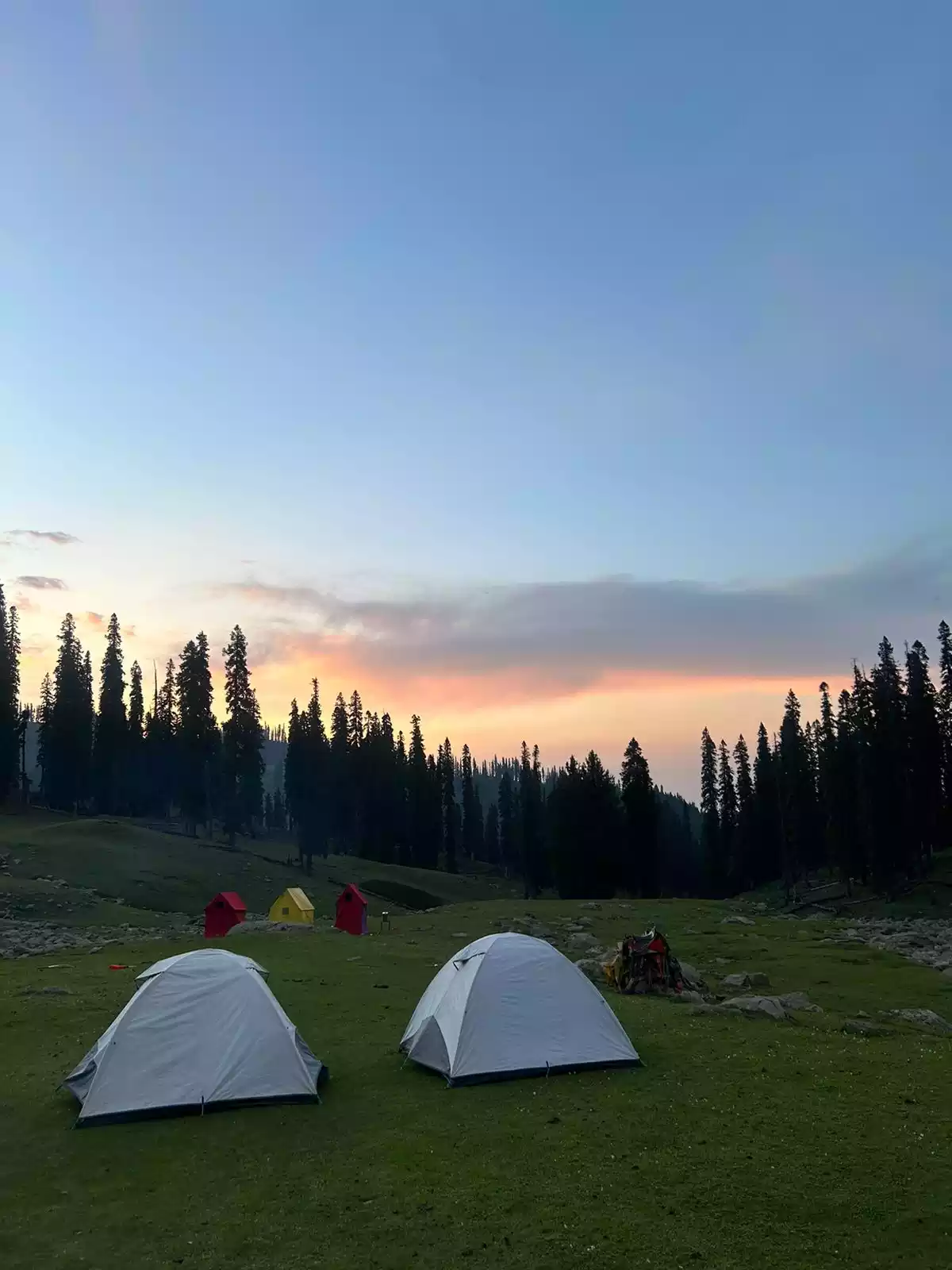
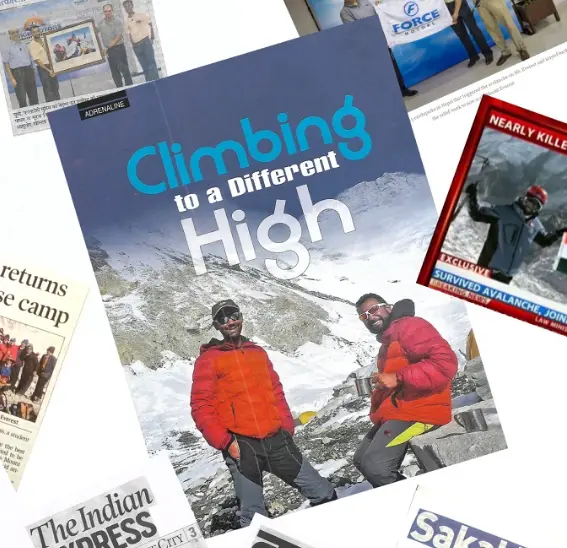
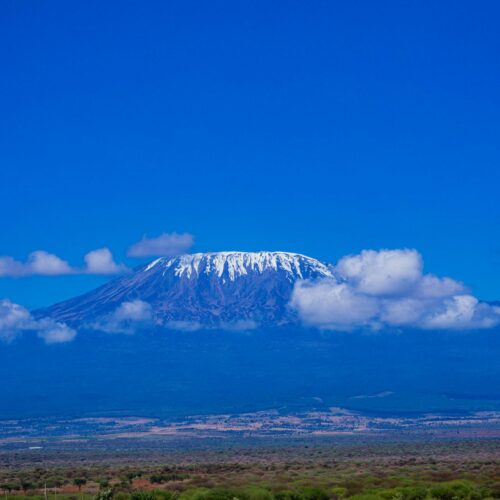
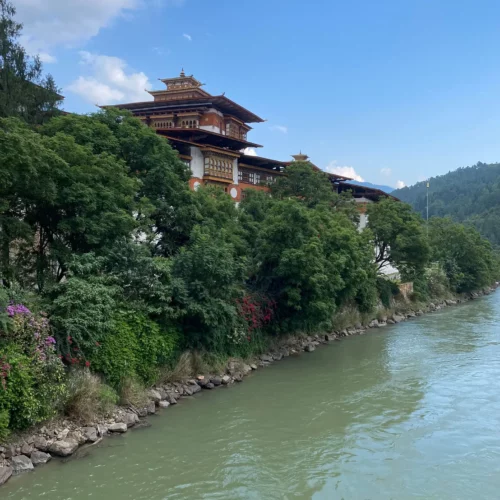
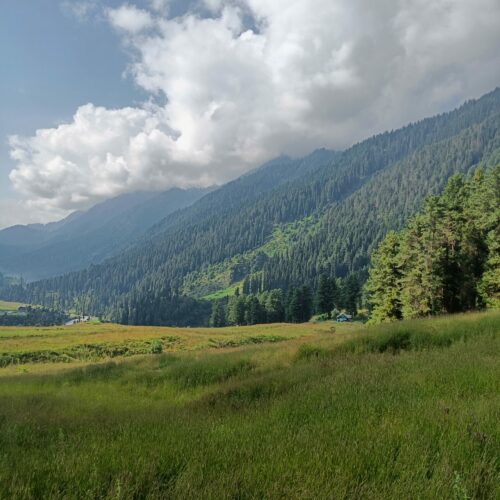
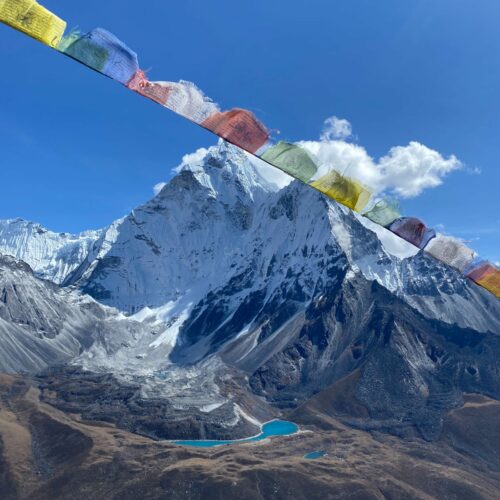
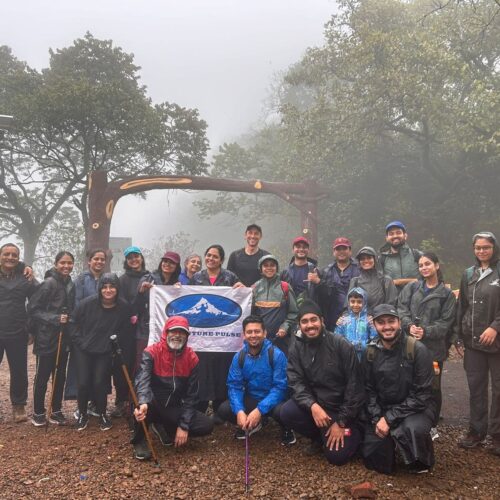
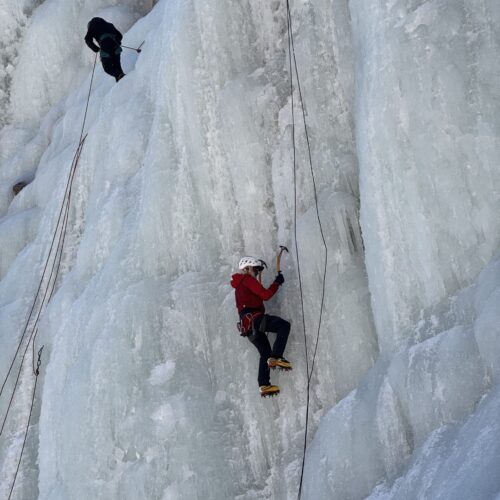
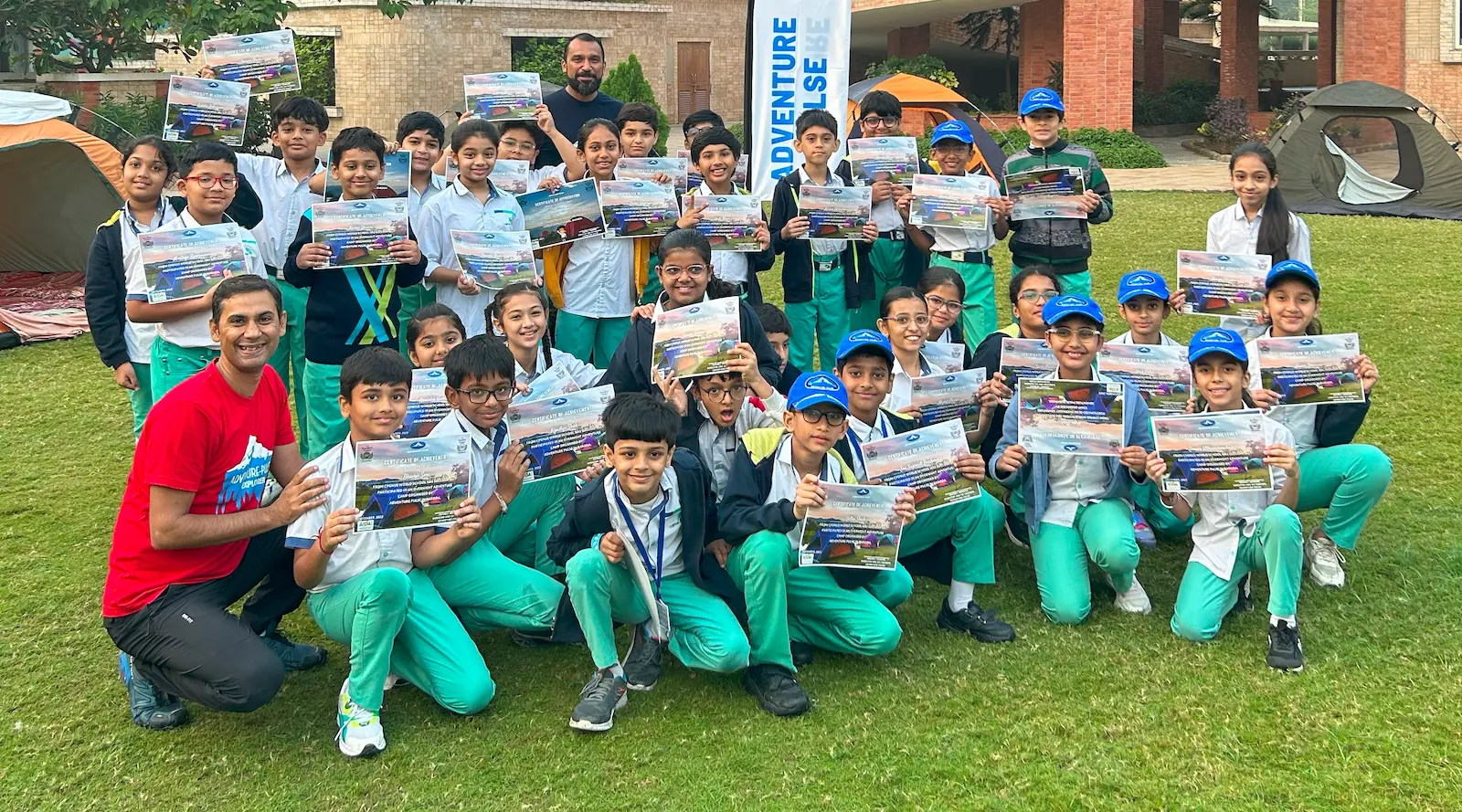
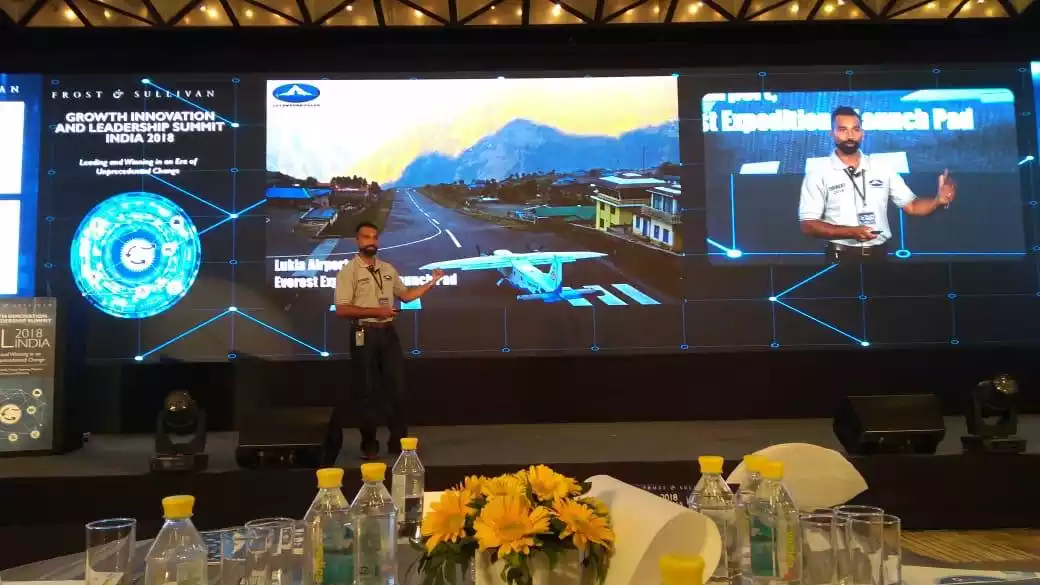
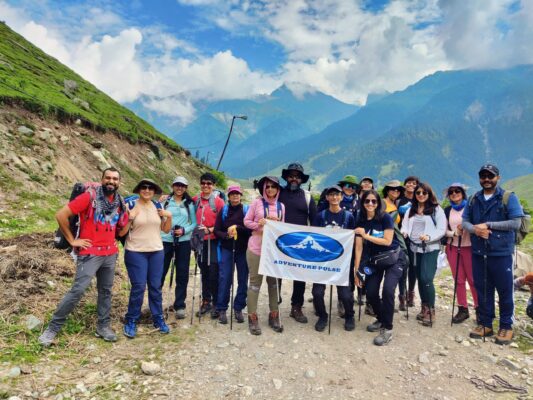
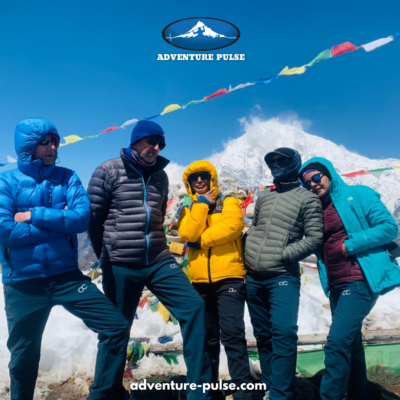
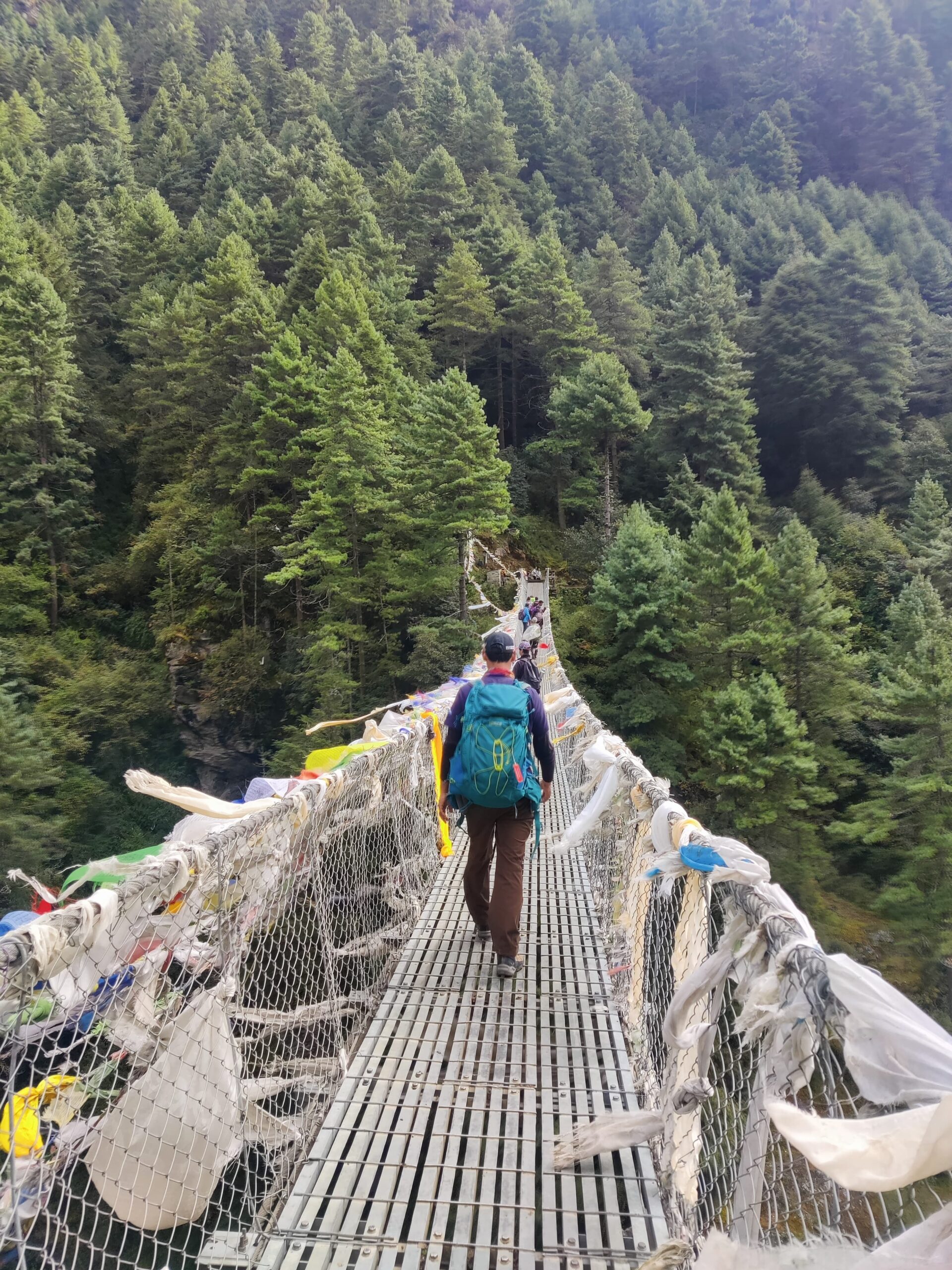
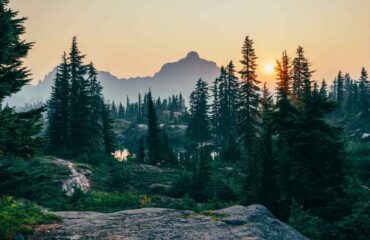

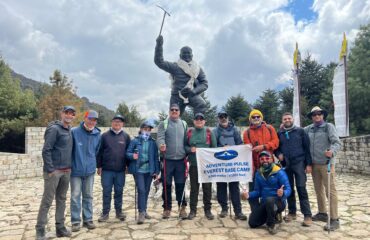
Excellent info Suchit. Keep the flow going.
[…] Choosing the right pair of Trekking shoes […]
[…] Choosing the right pair of Trekking shoes […]
[…] Choosing the right pair of Trekking shoes […]
[…] quality ones that you can afford. You can read more on choosing the right pair of trekking shoes here. Once you purchase a pair, it is imperative that you start breaking them in. ‘Breaking in’ […]
[…] Wear boots that fit properly. The best way to prevent blisters to wear shoes that do not allow your foot to move around a lot while in the boot. Our guide on buying the best hiking shoe. […]